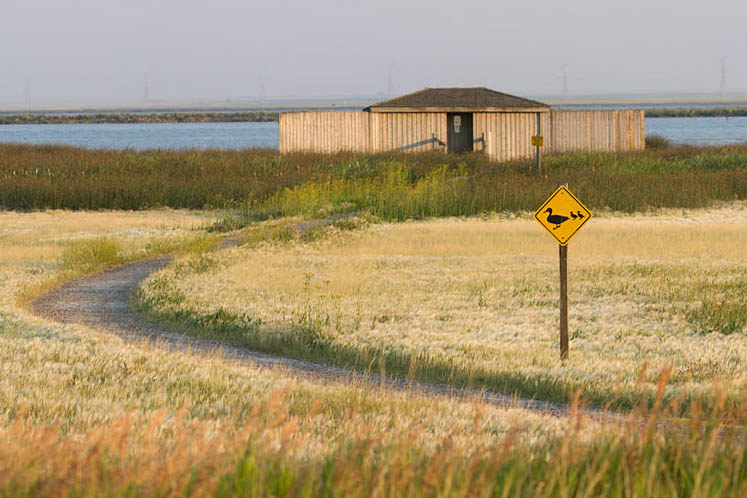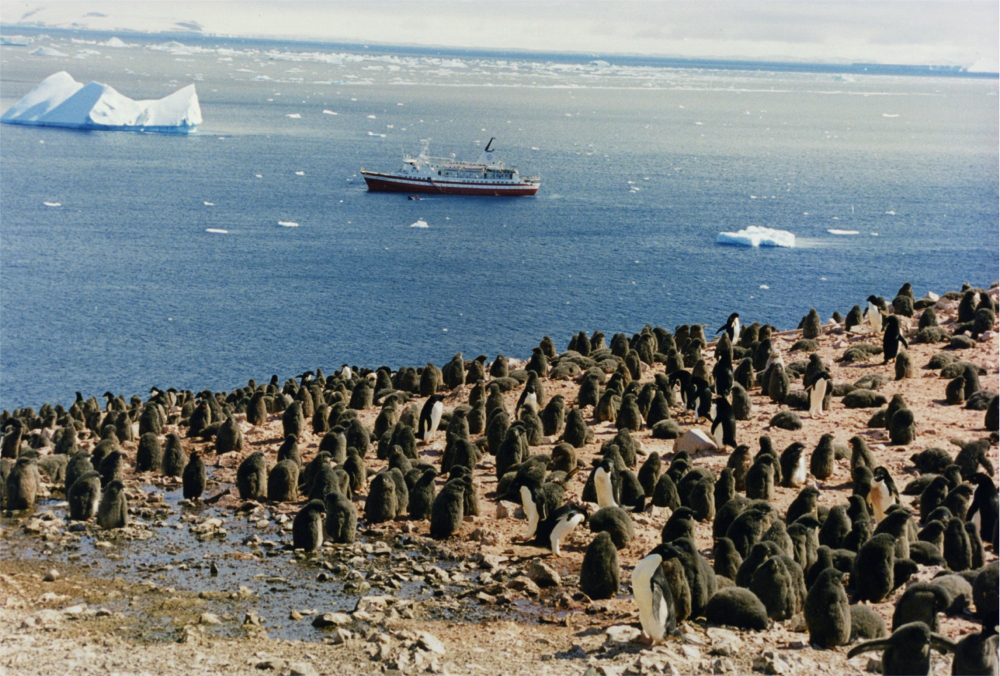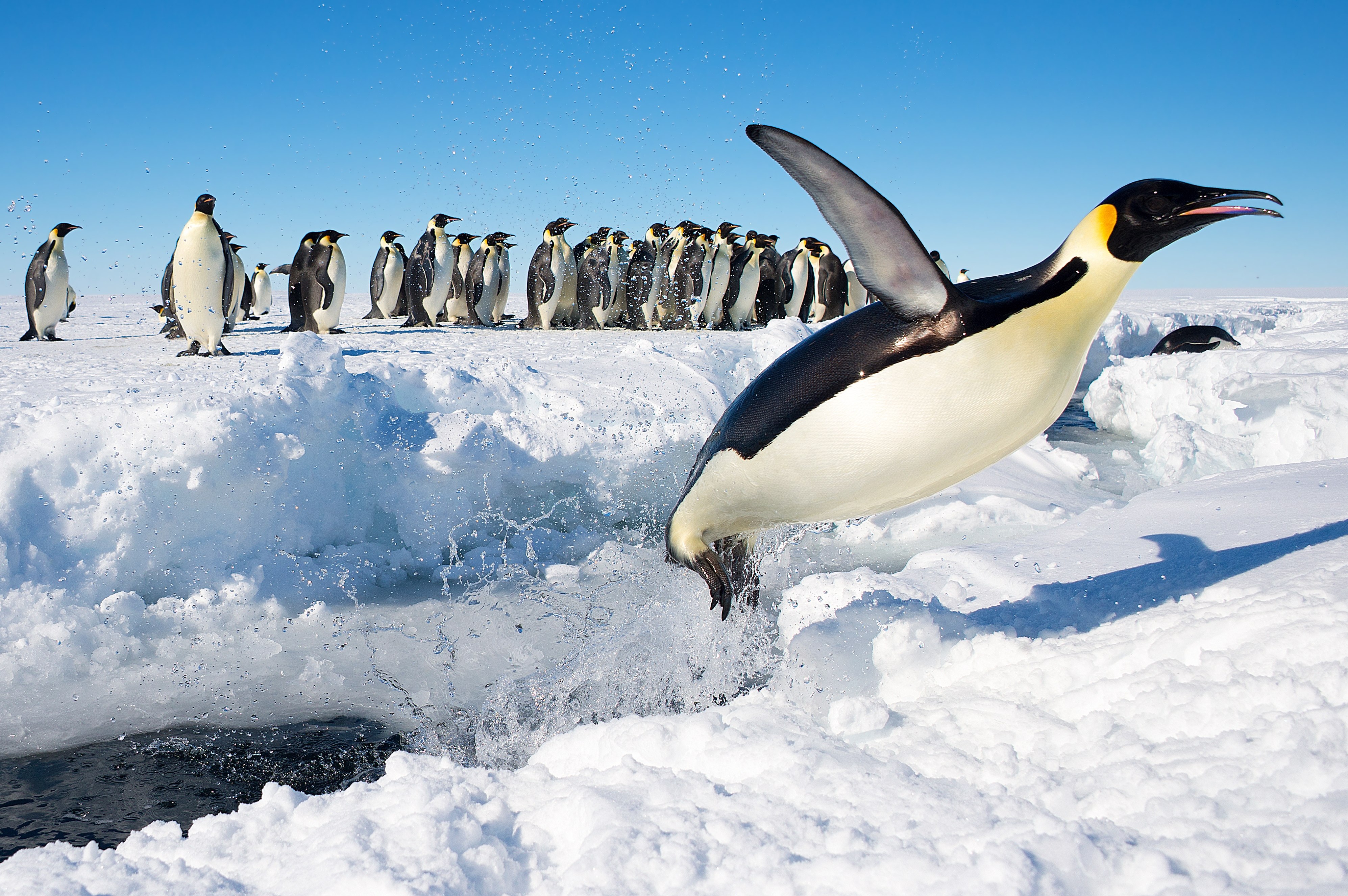|
Rookery Lake
Rookery Lake is an almost circular lake, just cut off from the sea, at the western end of Long Peninsula in the Vestfold Hills of Princess Elizabeth Land, Antarctica. It was so named because of its proximity to an Adélie penguin colony. The nearest permanent research station is Australia's Davis, 10 km to the south-west on Broad Peninsula. Important Bird Area A 741 ha site comprising the western part of Long Peninsula and extending 6 km from Rookery Lake in the south-west to Bulatnaya Bay in the north-west, has been designated an Important Bird Area (IBA) by BirdLife International, because it supports some 45,000 breeding pairs of Adélie Penguin The Adélie penguin (''Pygoscelis adeliae'') is a species of penguin common along the entire coast of the Antarctic continent, which is the only place where it is found. It is the most widespread penguin species, and, along with the emperor peng ...s. It is mainly ice free in the summer, and contains several low hills ... [...More Info...] [...Related Items...] OR: [Wikipedia] [Google] [Baidu] |
Adelie Penguin (Pygoscelis Adeliae), Walking , a drowned fjord on the continental margin of East Antarctica
{{disambiguation ...
Adelie or Adélie may refer to: * Adélie Land, a claimed territory on the continent of Antarctica * Adelie Land meteorite, a meteorite discovered on December 5, 1912, in Antarctica by Francis Howard Bickerton * Adélie penguin, a species of penguin common along the entire coast of the Antarctic continent * Adélie Valley Adélie Valley (), also variously known as Adilie Valley, Dumont d'Urville Trough or Adélie Trough, is a drowned fjord (undersea valley) on the continental margin of East Antarctica. Named in association with this long named portion of Wilkes Land ... [...More Info...] [...Related Items...] OR: [Wikipedia] [Google] [Baidu] |
Vestfold Hills
The Vestfold Hills are rounded, rocky, coastal hills, in extent, on the north side of Sorsdal Glacier on the Ingrid Christensen Coast of Princess Elizabeth Land, Antarctica. The hills are subdivided by three west-trending peninsulas bounded by narrow fjords. Most of the hills range between in height, with the highest summit reaching nearly . Geography The Vestfold Hills are largely snow and ice-free and are thus classified as an Antarctic oasis. They contain a great variety of lake systems with over 300 lakes and ponds including what is possibly the largest concentration of meromictic (stratified) lakes in the world. This region contains 37 permanently stratified water bodies, including six marine basins and seven seasonally isolated marine basins (SIMBs). These stratified basins also have great variety. They range in salinity from 4 g L−1 to 235 g L−1, in temperature from , in depth from , in area from and surface level from below to above sea level. The region contai ... [...More Info...] [...Related Items...] OR: [Wikipedia] [Google] [Baidu] |
Princess Elizabeth Land
Princess Elizabeth Land is the sector of Antarctica between longitude 73° east and Cape Penck (at 87°43' east). The sector is claimed by Australia as part of the Australian Antarctic Territory, although this claim is not widely recognized. Geography Princess Elizabeth Land is located between 64°56'S and 90°00'S and between 73°35' E and 87°43'E. It is divided into two sectors: * Ingrid Christensen Coast, 73°35'E to 81°24'E * Leopold and Astrid Coast, 81°24'E to 87°43'E It is bounded on the west by Amery Ice Shelf, Mac. Robertson Land, and on the east by Kaiser Wilhelm II Land. Exploration Princess Elizabeth Land was discovered on 9 February 1931, by the British Australian and New Zealand Antarctic Research Expedition (BANZARE) (1929–31) under Sir Douglas Mawson. Princess Elizabeth Land was named by Mawson after Princess Elizabeth, granddaughter of King George V who reigned at the time as King of Australia, among his other titles. Princess Elizabeth would later ... [...More Info...] [...Related Items...] OR: [Wikipedia] [Google] [Baidu] |
Antarctica
Antarctica () is Earth's southernmost and least-populated continent. Situated almost entirely south of the Antarctic Circle and surrounded by the Southern Ocean, it contains the geographic South Pole. Antarctica is the fifth-largest continent, being about 40% larger than Europe, and has an area of . Most of Antarctica is covered by the Antarctic ice sheet, with an average thickness of . Antarctica is, on average, the coldest, driest, and windiest of the continents, and it has the highest average elevation. It is mainly a polar desert, with annual precipitation of over along the coast and far less inland. About 70% of the world's freshwater reserves are frozen in Antarctica, which, if melted, would raise global sea levels by almost . Antarctica holds the record for the lowest measured temperature on Earth, . The coastal regions can reach temperatures over in summer. Native species of animals include mites, nematodes, penguins, seals and tardigrades. Where ve ... [...More Info...] [...Related Items...] OR: [Wikipedia] [Google] [Baidu] |
Davis Station
The Davis Station, commonly called Davis, is one of three permanent bases and research outposts in Antarctica managed by the Australian Antarctic Division (AAD). Davis is situated on the coast of Cooperation Sea in Princess Elizabeth Land, Ingrid Christensen Coast in the Australian Antarctic Territory, a territory claimed by Australia. Davis lies in the Antarctic oasis, a remarkable ice free area known as the Vestfold Hills. Davis was named in honour of Captain John King Davis. Davis was listed on the Register of the National Estate on 26 October 1999 and has been included on the Commonwealth Heritage List as an indicative place, due to the condition of buildings and structures that varies from no longer exists/demolished due to poor condition, through to very good condition. Purpose Davis is a base for scientific research programs including the study of viruses and bacteria using molecular genetic techniques in glacial lakes, the impact of environmental change and pollution ... [...More Info...] [...Related Items...] OR: [Wikipedia] [Google] [Baidu] |
Important Bird Area
An Important Bird and Biodiversity Area (IBA) is an area identified using an internationally agreed set of criteria as being globally important for the conservation of bird populations. IBA was developed and sites are identified by BirdLife International. There are over 13,000 IBAs worldwide. These sites are small enough to be entirely conserved and differ in their character, habitat or ornithological importance from the surrounding habitat. In the United States the Program is administered by the National Audubon Society. Often IBAs form part of a country's existing protected area network, and so are protected under national legislation. Legal recognition and protection of IBAs that are not within existing protected areas varies within different countries. Some countries have a National IBA Conservation Strategy, whereas in others protection is completely lacking. History In 1985, following a specific request from the European Economic Community, Birdlife International ... [...More Info...] [...Related Items...] OR: [Wikipedia] [Google] [Baidu] |
BirdLife International
BirdLife International is a global partnership of non-governmental organizations that strives to conserve birds and their habitats. BirdLife International's priorities include preventing extinction of bird species, identifying and safeguarding important sites for birds, maintaining and restoring key bird habitats, and empowering conservationists worldwide. It has a membership of more than 2.5 million people across 116 country partner organizations, including the Royal Society for the Protection of Birds, the Wild Bird Society of Japan, the National Audubon Society and American Bird Conservancy. BirdLife International has identified 13,000 Important Bird and Biodiversity Areas and is the official International Union for Conservation of Nature’s Red List authority for birds. As of 2015, BirdLife International has established that 1,375 bird species (13% of the total) are threatened with extinction ( critically endangered, endangered or vulnerable). BirdLife Internation ... [...More Info...] [...Related Items...] OR: [Wikipedia] [Google] [Baidu] |
Adélie Penguin
The Adélie penguin (''Pygoscelis adeliae'') is a species of penguin common along the entire coast of the Antarctic continent, which is the only place where it is found. It is the most widespread penguin species, and, along with the emperor penguin, is the most southerly distributed of all penguins. It is named after Adélie Land, in turn named for Adèle Dumont d'Urville, who was married to French explorer Jules Dumont d'Urville, who first discovered this penguin in 1840. Adélie penguins obtain their food by both predation and foraging, with a diet of mainly krill and fish. Taxonomy and systematics The first Adélie penguin specimens were collected by crew members of French explorer Jules Dumont d'Urville on his expedition to Antarctica in the late 1830s and early 1840s. Jacques Bernard Hombron and Honoré Jacquinot, two French surgeons who doubled as naturalists on the journey, described the bird for science in 1841, giving it the scientific name ''Catarrhactes adeli� ... [...More Info...] [...Related Items...] OR: [Wikipedia] [Google] [Baidu] |
Important Bird Areas Of Antarctica
Importance is a property of entities that matter or make a difference. For example, World War II was an important event and Albert Einstein was an important person because of how they affected the world. There are disagreements in the academic literature about what type of difference is required. According to the causal impact view, something is important if it has a big causal impact on the world. This view is rejected by various theorists, who insist that an additional aspect is required: that the impact in question makes a value difference. This is often understood in terms of how the important thing affects the well-being of people. So on this view, World War II was important, not just because it brought about many wide-ranging changes but because these changes had severe negative impacts on the well-being of the people involved. The difference in question is usually understood counterfactually as the contrast between how the world actually is and how the world would have b ... [...More Info...] [...Related Items...] OR: [Wikipedia] [Google] [Baidu] |
Penguin Colonies
Penguins (order Sphenisciformes , family Spheniscidae ) are a group of aquatic flightless birds. They live almost exclusively in the Southern Hemisphere: only one species, the Galápagos penguin, is found north of the Equator. Highly adapted for life in the water, penguins have countershaded dark and white plumage and flippers for swimming. Most penguins feed on krill, fish, squid and other forms of sea life which they catch with their bills and swallow it whole while swimming. A penguin has a spiny tongue and powerful jaws to grip slippery prey. They spend roughly half of their lives on land and the other half in the sea. The largest living species is the emperor penguin (''Aptenodytes forsteri''): on average, adults are about tall and weigh . The smallest penguin species is the little blue penguin (''Eudyptula minor''), also known as the fairy penguin, which stands around tall and weighs . Today, larger penguins generally inhabit colder regions, and smaller penguins i ... [...More Info...] [...Related Items...] OR: [Wikipedia] [Google] [Baidu] |
%2C_walking.jpg)




